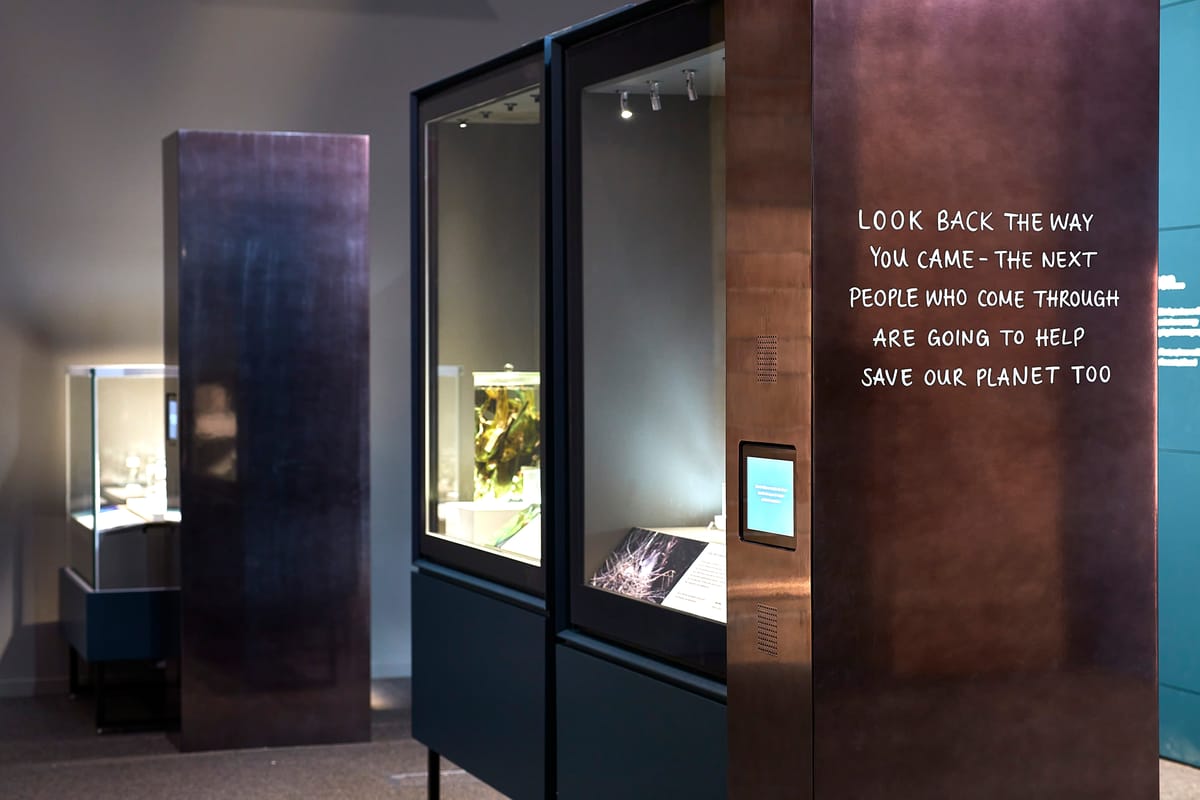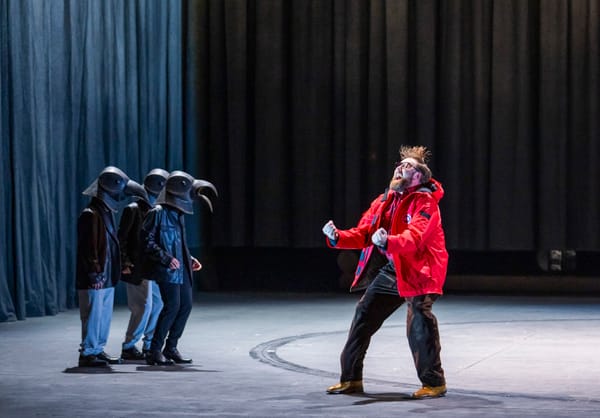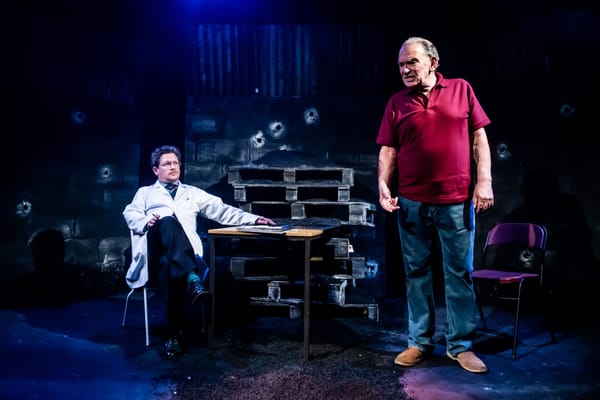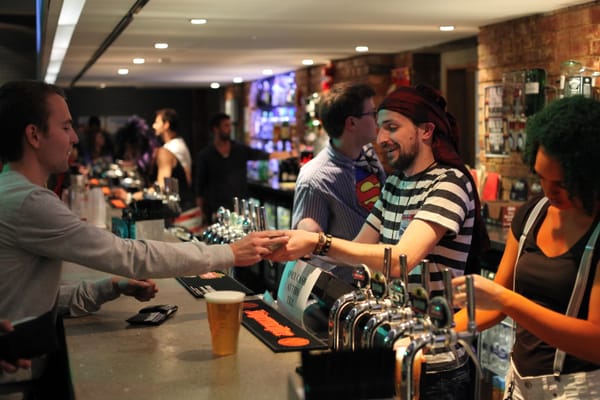Our Broken Planet
How We Got Here and Ways to Fix It – Natural History Museum Temporary Exhibition

Our Broken Planet
★★★
- What: Exhibition
- Where: Natural History Museum
- When: Until late 2022
- Cost: Free when booked
It is no secret that our planet is broken, and that time is running out for us to take the necessary action to fix it. ‘Our Broken Planet’ is a semi-interactive temporary exhibition that should probably become a permanent one, as we’ll likely be fighting the climate change war for at least the rest of our generation’s lifetimes, if not longer. In over 40 objects and images, the exhibition details the many battles that humans can, and do, wage against the loss of biodiversity, increase in greenhouse gas emissions, and the resulting increase in the average temperature of the Earth.
As you enter the ‘Our Broken Planet’ exhibition, you see a vast high-ceilinged room, with simple dark-walls, much like other exhibits in the museum. There are numerous small displays scattered throughout this room, mounted against dark grey backgrounds with spotlighting. Each individual display highlights a particular environmental issue, or side-effect of climate change.
One display entitled ‘Wheat for a Hotter Future’, is of two different varieties of wheat; ‘common wheat’ which dominates our population’s wheat intake, and ‘emmer’, a sturdier variation that could be more tolerant of our planet’s rising temperatures. It may soon become necessary to adopt a wider variety of food sources as the agricultural sector adapts to the challenges an altered climate brings. This would not only increase humanity’s chances of future survival, but could encourage restoration of greater biodiversity, not only for plant species, but for animals too.
‘People, Pets, and the Planet’, another exhibit, presents two models of a Canis lupus familiaris (a dog); one is an English Bulldog, and the other a Samoyed. It describes how our attachment to owning pets is having a profoundly detrimental effect on the planet, as their consumption of food and other products is similarly unsustainable to our own. The visual juxtaposition of the two varieties of dog is also a reminder of our continued control over the environment and how our domestication of animals has led to somewhat unnatural breeding. The bulldog is often seen as a monument to Britain, but consistent inbreeding of these creatures to maintain their iconic look has led them to display genetic health issues such as ear and skin infections and obesity that are generally less common in their mongrel counterparts.
The interactive stations appear to be designed for children, but they may also engage adult visitors. These include an area where visitors can pick up an eco-warrior sticker, containing slogans describing an action the wearer will take to reduce their carbon footprint, and one where visitors may write a climate-focused idea or message on a coloured paper circle and add it to a collaborative wall. A good way to get people thinking and engaging with the climate crisis, but one wonders whether there might be more environmentally-friendly ways to do so that don’t involve the use of disposable paper?
There are also displays concerning the rapid decline in diversity of insects such as bees and butterflies; the benefits and challenges of seaweed farming for the food industry; how jellyfish could be the next major superfood trend; and whether experimental deep-sea mining will be a potential solution to on-land mining, or present us with a new way to destroy our home planet. These sit alongside a number of contemporary art installations that are designed to make you think about our situation (and appeal to the Insta junkies!) – these include a fake phone charging at the wall with text messages about power usage, and a mirror with ‘my species really can make a difference to our planet’ written on it.
I believe there is more that could be done to make the exhibition itself more sustainable, to reflect what it advocates for. However, I also believe that it could be expanded and made a permanent fixture at the museum, as it is thought-provoking and inspiring, and brings to light many of the niches of the climate crisis, and I would happily recommend it to anyone who can find the time, and gladly visit again myself. It addresses the question of how we as individuals can and should aspire to contribute to the repair of our broken planet. After all, it is still the only one we have.










